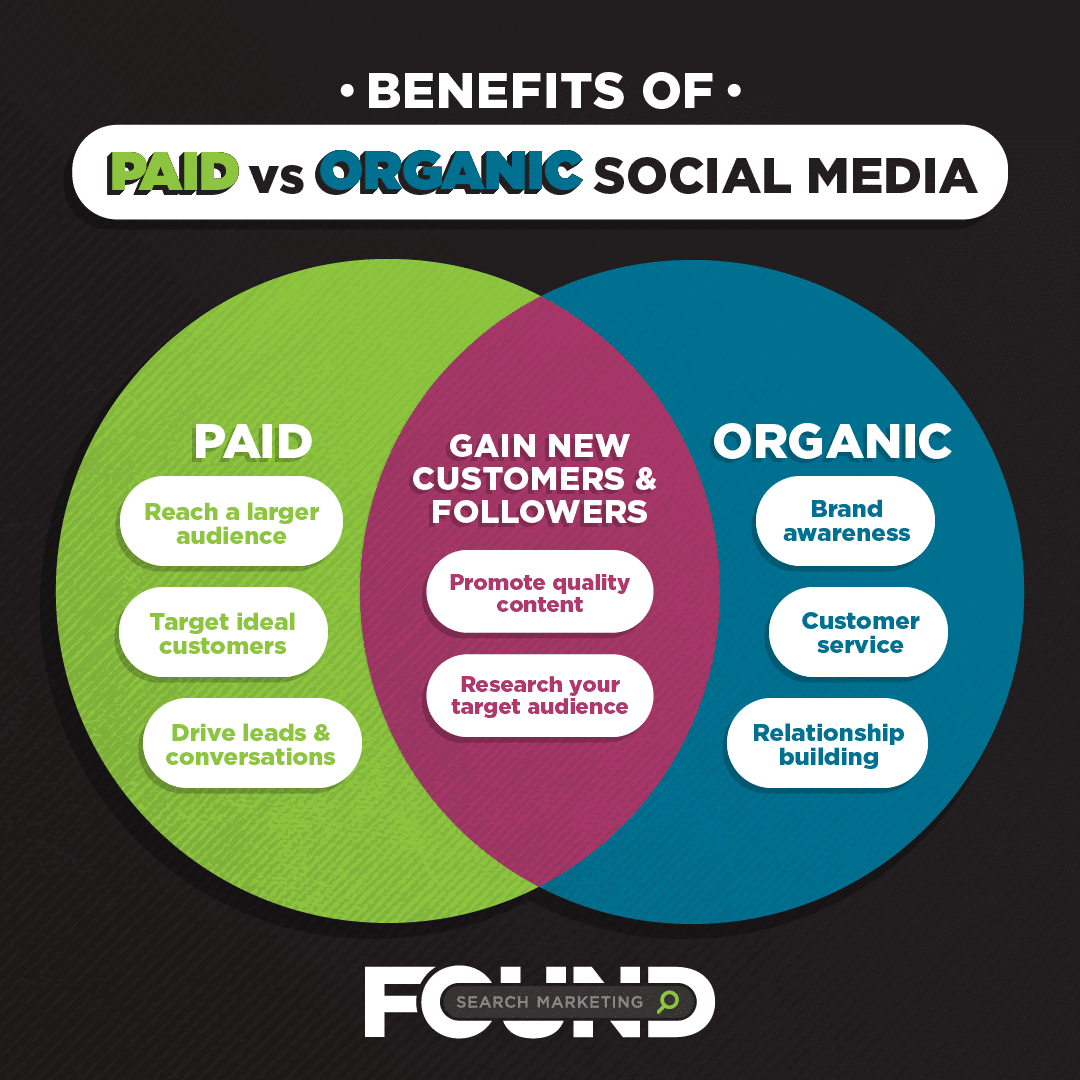LinkedIn Conversation Ads – What You Need to Know
What are LinkedIn Conversation Ads?
LinkedIn offers two types of Sponsored Messaging Ads: Message Ads and Conversation Ads. These ads are similar, but they have a few key differences. Both ads utilize LinkedIn’s messaging system and deliver ads straight to a LinkedIn user’s inbox as if they were any other message.
Both ad types will also only deliver to users actively using LinkedIn, and both can appear they come from a company or an individual who works for the company. However, Message Ads allow only one call-to-action and take users directly to a lead form or landing page. Conversation Ads allow multiple CTAs and create an interactive experience directly within LinkedIn messaging.
Conversation Ads have between 2 and 5 “layers”, which appear as additional messages. After a user clicks a CTA button, the user will receive the next message (layer) or be redirected to a landing page or lead form that corresponds to the CTA they chose. The last layer will only give options that lead to a landing page or lead form.
Here is an example of what a Conversation Ad looks like on LinkedIn:

What are the benefits of LinkedIn Conversation Ads?
There are several benefits to Conversation Ads. Here are just a few:
- The message stays in the user’s inbox until they opt to delete it. This means that they can go back and view the message at a later time when it is more convenient for them to read it or when they decide they need more information. It takes away the sense of urgency, which means converters may be more serious than those who click on an ad spur of the moment. This also means that cost per click, conversion, or lead can continue to drop after your budget runs out if those are KPIs for your business.
- It adds a personal touch. Conversation Ads give you an avenue to really connect with your prospective customers. You can use macros, which help you to tailor the message to each individual reader. You can also learn more about what consumers are interested in by analyzing the CTA buttons that are selected.
- LinkedIn users tend to have a higher purchase intent. LinkedIn is a platform created for professionals to connect with other professionals. This means that people browsing LinkedIn are usually in a certain mindset, and that mindset is far different than that of those casually browsing Facebook, Instagram, or Twitter. LinkedIn users are likely actively paying attention to the content they are seeing. If something catches their interest, they are in the mindset to seek out more information, which means they are more likely to engage with your conversation ad.
What Do You Need to Create a Conversation Ad on LinkedIn?
Ready to make a Conversation Ad? Here’s what you will need to get started!
- A first-degree connection with the sender. In order to select a person as the sender for your Conversation Ad, you need a first-degree connection with them.
- Text and CTAs for 2 to 5 layers. For each layer, you will need message text that is 500 characters or less, 2 to 5 CTA buttons, and relevant landing pages and/or lead forms that correspond to the CTAs.
- A banner to accompany the ad. Although banners are optional, they are highly recommended. If you do not upload a banner to accompany your conversation ad, another brand’s ad could show next to your conversation. Banners must be 300×250 pixels and in either a jpg or PNG format.
Best Practices of Linkedin Conversation Ads
Follow these tips to create the best Conversation Ads on LinkedIn.
- Use a real person as the sender. Although you have the option to use a company sender, using a person produces better results in most cases. It is also important to be mindful of who you are using as the sender. For example, if you are recruiting university business students, it makes more sense to use the dean of the college of business or head of admissions than a professor in an unrelated subject. It is also important that the employee’s LinkedIn profile picture is both professional and inviting. Their profile picture will be one of the first things the user sees when your message is delivered, so it is crucial that it does not deter the user from reading your message.
- Start with a strong opening message. Your first message sets the tone for the rest of the conversation. Begin with an engaging opening line. Just like with organic messages on LinkedIn, the first sentence is used as the subject line for the message. Also, make sure to introduce the sender and your brand in the opening message as well as why you’re sending the message. Doing these things will encourage the user to continue the conversation.
- Optimize your messages. Conversation Ads perform best when the tone is friendly and the messages are short. The goal is to make the user feel like they are having a live conversation with you and to provide them with relevant information. You can personalize the message by using LinkedIn’s macros: first name, last name, job title, company name, or industry. LinkedIn uses the information in the user’s LinkedIn profile to dynamically insert the information into the message. Using macros often increases the engagement rate. Finally, end your message with a question that can be answered using your CTA buttons.
- Use your CTA buttons strategically. Do not include negative CTA buttons like “not interested” or “no thanks.” The user will close the ad if they are not interested, so there is no reason to include these as options. It is also good to give diverse CTA options. The buttons don’t disappear after the user chooses one, so the user can always go back and select a different option. If you have a lot of different relevant landing pages or topics to cover, you do not have to keep repeating the same options for the user. Include everything relevant, but don’t overwhelm the reader.
- Add a banner image. As discussed above, banner images are optional but highly recommended. Banner images help to keep your brand top-of-mind for those who open your message. They only deliver to users on desktop, but it is prime ad space to reach those users.
Examples of LinkedIn Conversation Ads
Are you ready to launch your own LinkedIn Conversation Ad campaign? Here are a few examples of what these ads look like from the user once they are launched.
FoundSM Results
FoundSM has tested LinkedIn Conversation Ads for some of our clients, and we have found they just might be an effective way to drive leads!
For Client #1, we have tested Conversation Ads for two different products. The first is seeing a better cost per lead on the Conversation Ads than it sees on Message Ads or Sponsored Content. This is also a product that saw high CPLs when tested on Facebook. Conversation ads are also starting to produce downstream results as well, although not at the same rates as message ads. The second product has only been running since October, but it has seen a lot of initial success. The Conversation Ads have CPLs that are 75% lower than sponsored content and 50% lower than Facebook for the same product. These initial results have us anxious to see downstream performance metrics.
For Client #2, we have seen similar initial results. We tested conversation ads for one product for this client, and the cost per lead was lower than the CPLs for sponsored content image and video ads. We are still awaiting downstream results for this client as well.
Overall we are happy with the results we’ve seen so far. Although we will need more time to evaluate downstream metrics, Conversation Ads seem to be an efficient way to drive leads for our clients. We will continue to test them for various products and industries to determine where else we can use them to drive efficiencies.
—
LinkedIn Conversation Ads are a great tool for businesses that want to learn more about their consumers and provide them with relevant information. They are still relatively new, so there is certainly a lot more to learn about them. We hope this guide gave you some insight into Conversation Ads and helps you decide if they are something your business should test!
Resources:
LinkedIn Messaging Ads Playbook and Examples
Conversation Ads Best Practices Guide
Conversation Ad Templates
How to Create a Conversation Ad
You May Also Like
These Related Stories

A Marketer’s Guide to Paid Media Ad Types

Increase Leads / Conversions on Facebook Using Emojis

No Comments Yet
Let us know what you think